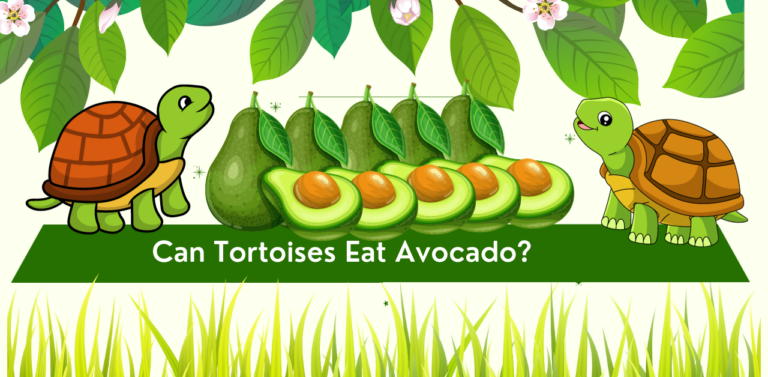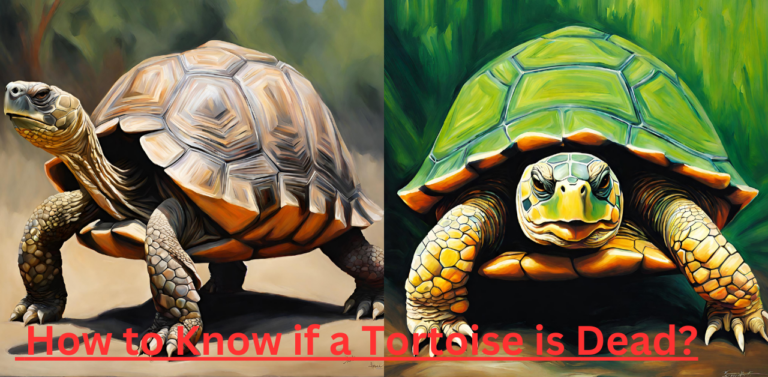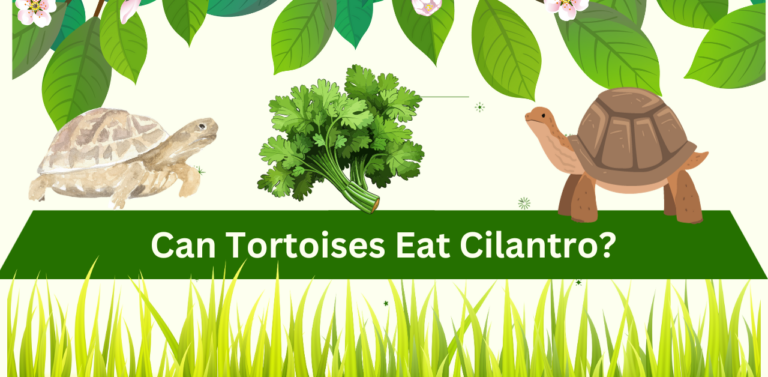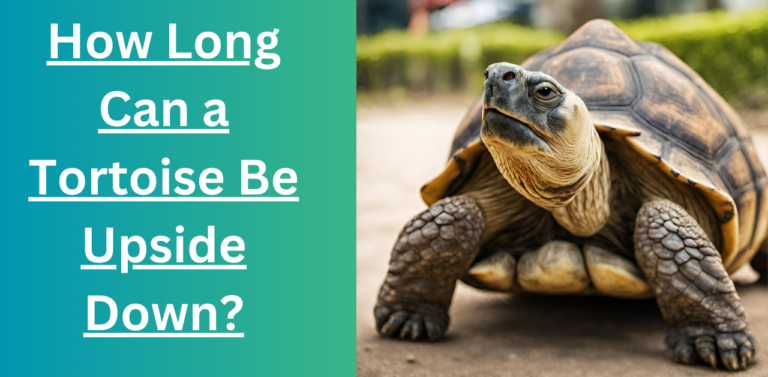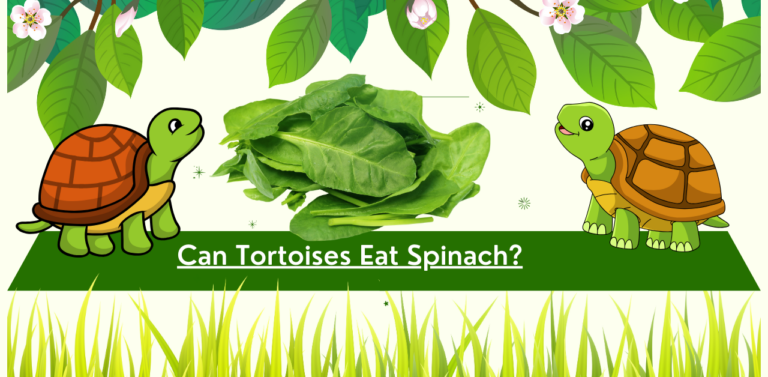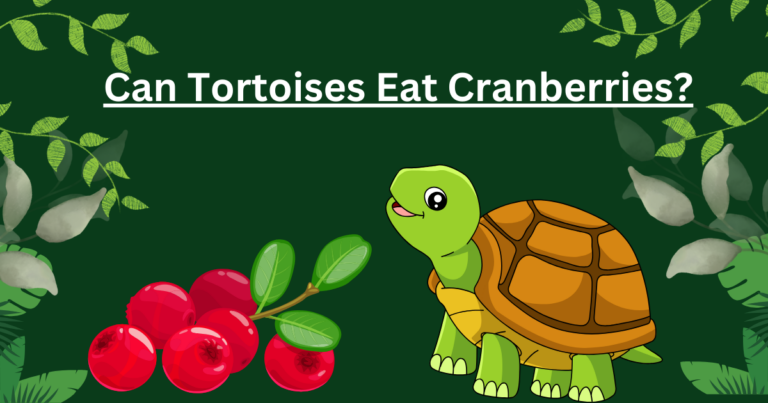Tortoises are fascinating creatures with specific dietary needs that must be carefully considered by their caretakers. Among the many foods that tortoise owners ponder over, cherries often come up as a topic of interest. Understanding whether tortoises can eat cherries involves a dive into their nutritional requirements and how cherries fit into that picture.
Nutritional Profile of Cherries
Cherries are a type of stone fruit known for their sweet taste and rich vitamin content. They are a decent wellspring of L-ascorbic acid, potassium, fibre, and cell reinforcements. These supplements can be beneficial for people; however, the inquiry emerges: Do they offer similar advantages for turtles?
Tortoises’ Dietary Needs
Turtles are fundamentally herbivores, albeit the points of interest of their eating regimen can shift depending upon the species. Generally, their diet comprises leafy greens, vegetables, and, in some cases, fruits. The key to a healthy tortoise diet is variety and balance, ensuring they get the right mix of vitamins, minerals, and fibre.
Can Tortoises Eat Cherries?
The short answer is yes, but with caution. Cherries can be proposed to turtles however they ought to be given with some restraint. Here are the variables to consider:
- Sugar Content: Cherries contain regular sugars, which can be unsafe for turtles in huge amounts. A high-sugar diet can prompt corpulence and other medical problems in turtles.
- Acidity: Cherries are slightly acidic, which is not ideal for a tortoise’s digestive system if fed in large amounts.
- Pits and Stems: Cherry pits and stems can be a stifling risk and ought never to be taken care of by turtles. Moreover, the pits contain limited quantities of cyanide, which is poisonous.
- Occasional Treat: Taking into account these variables, cherries ought to be given as an infrequent treat as opposed to a staple of their eating regimen.
How to Serve Cherries to Tortoises
When feeding cherries to tortoises, follow these guidelines:
- Remove Pits and Stems: Always ensure that the cherries are pitted and stems are removed.
- Wash Thoroughly: Cherries ought to be washed to eliminate any pesticides or synthetics.
- Cut into Small Pieces: This makes it simpler for the turtle to eat and process.
- Moderation is Key: Offer cherries in small amounts, mixed with other safe fruits and vegetables.
Alternatives to Cherries
If you’re looking for safer fruit options for your tortoise, consider fruits with lower sugar content and acidity, such as apples (without seeds), pears, and melons. Continuously research the particular dietary necessities of your turtle species, as some might require pretty much organic products in their eating regimen.
Can Sulcata Tortoises Eat Cherries?
Sulcata turtles can eat cherries, however. They ought to be given with some restraint. Cherries are not a natural part of the sulcata tortoise’s diet, which primarily consists of grasses and other high-fiber plants. While cherries can be a delectable treat. It means quite a bit to eliminate the pits, as they can be a gagging risk and contain intensities that can be harmful to turtles. Always ensure that the bulk of a sulcata tortoise’s diet is appropriate for their species, focusing on grasses, hay, and leafy greens.
Can Russian Tortoise Eat Cherries?
Yes, Russian tortoises can eat cherries, but similar to sulcata tortoises, they should only have them in moderation. Cherries are not a typical part of their natural diet, which mainly consists of leafy greens, vegetables, and some flowers. When feeding cherries to a Russian tortoise, it’s crucial to remove the pits to prevent choking or potential toxicity. Cherries ought to be viewed as an intermittent. Treat because of their high sugar content. Not a staple of their eating routine. The primary diet of a Russian tortoise should remain focused on a variety of leafy greens and vegetables appropriate for their specific dietary needs.
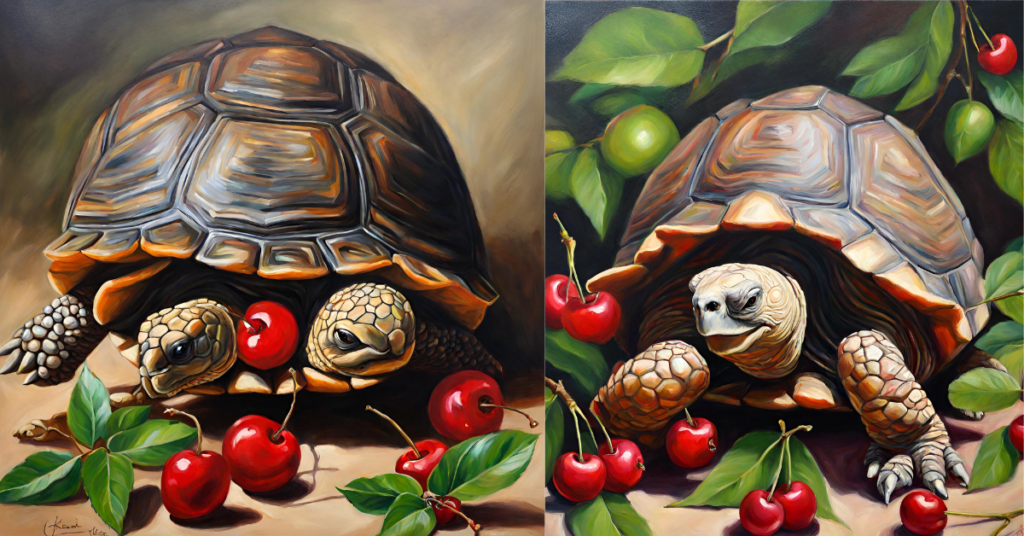
Conclusion: Can Tortoise Eat Cherries?
While turtles can eat cherries, they ought to just be a little piece of a fluctuated and adjusted diet. The high sugar content and acidity of cherries necessitate cautious feeding. As usual, it’s vital to research the particular necessities of your turtle species and talk with a veterinarian if you have any worries about their eating routine. Thus, you can guarantee your shelled companion partakes in a sound and cheerful life.
FAQs: Can Tortoise Eat Cherries?
While most tortoises can eat cherries, it’s important to research the specific dietary needs of your tortoise’s species. Some species may have stricter dietary restrictions than others.
Cherries should be fed sparingly as a treat. Depending on your tortoise’s overall diet and health.
The main risks include the potential for choking on pits and stems, the high sugar content, and slight acidity. Always remove pits and stems, and feed in moderation.
No, cherries should not be a significant part of a tortoise’s diet.
Overfeeding cherries can lead to digestive issues, obesity, and nutritional imbalances. Watch for changes in appetite, weight, and stool consistency.

